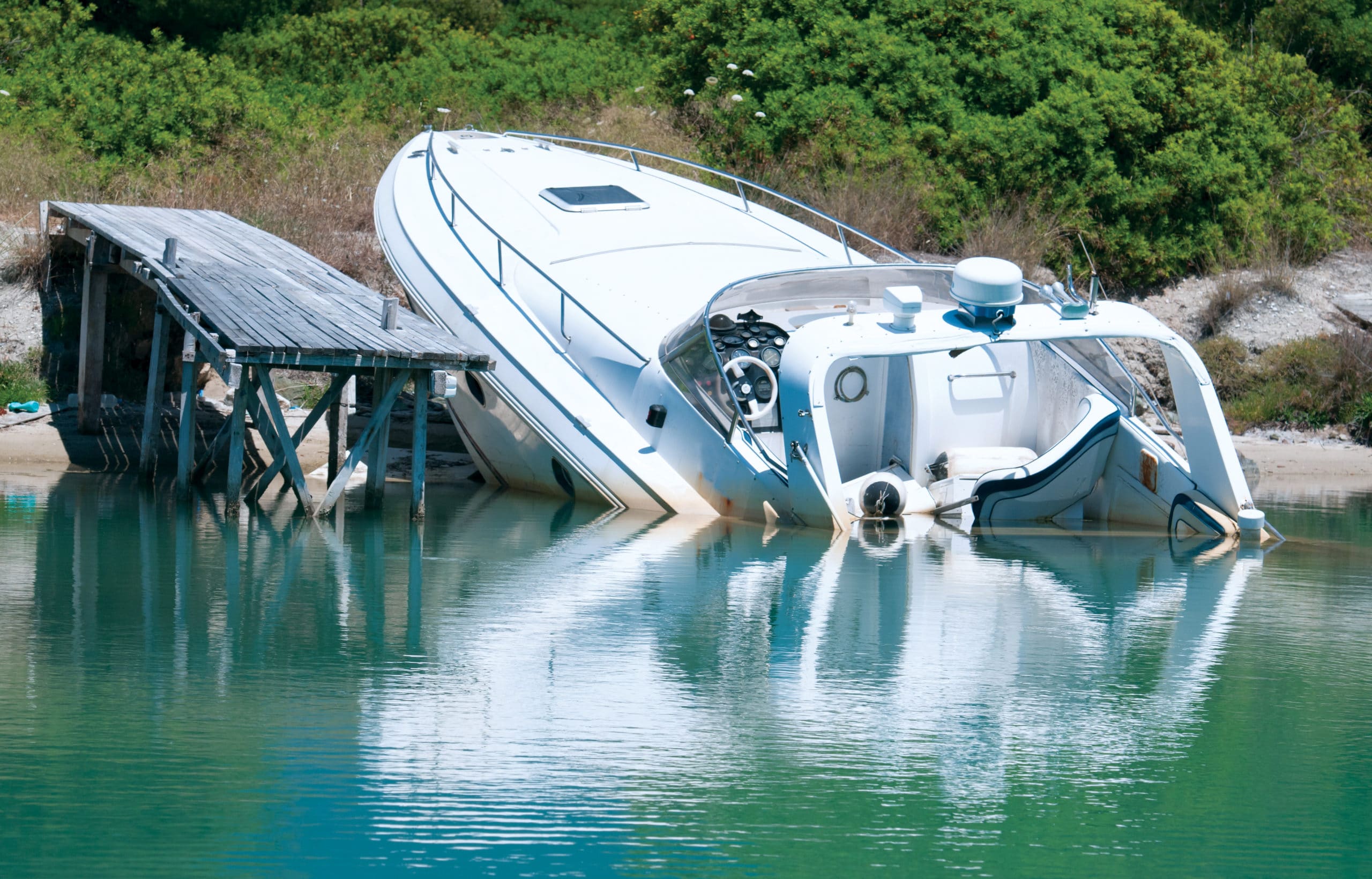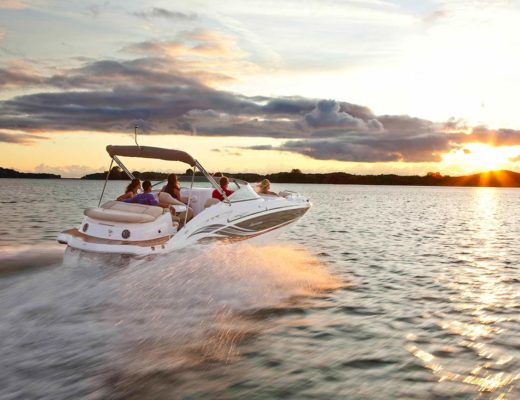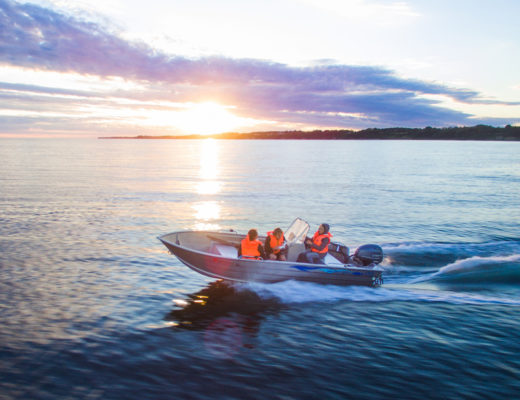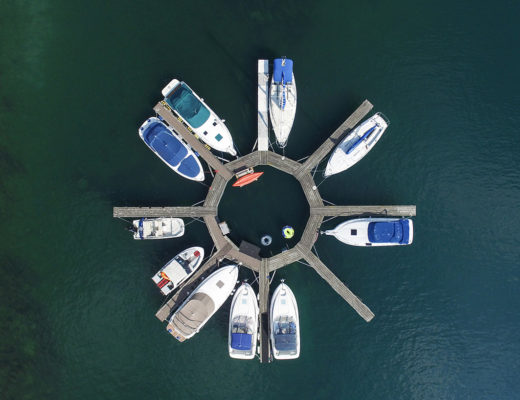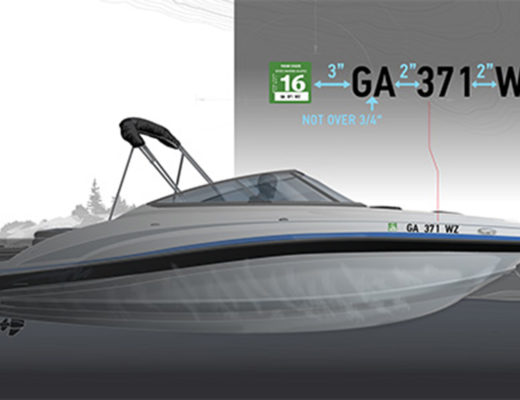When boating in Vermont, it’s crucial to know about the laws and regulations that govern the state’s waters. Without this insight, you could violate rules meant to keep people safe on the water.
So, before you hit the water, read this guide and learn everything you need to know about Vermont boating laws and regulations.

Who Needs a Vermont Boater Education Card?
Vermont requires anyone born after January 1, 1974, to have a Vermont boater education card before operating a motorized vessel or personal watercraft (PWC).
Anyone under the age of 12 years may not legally operate any vessel powered by a six horsepower motor or greater. Additionally, kids under the age of 16 years may not legally operate a PWC.
Remember to carry your boater education card when driving a boat or PWC.
Vermont’s Life Jacket Requirements
All watercraft must carry U.S. Coast Guard-approved life jackets, otherwise known as personal flotation devices (PFDs).
The quantity and type of PFDs you must carry onboard depends on the length of your vessel and the number of people on board or being towed. Each PFD should be in good condition and fit the wearer properly. All PFDs must be accessible and stored where they can be easily accessed.
Additionally, children 13 years old and younger must a U.S. Coast Guard approved life jacket or life vest when underway on an open deck boat. For anyone under 16, an approved Type I, II, or III life jacket must be worn at all times while on a sailboat.
What Are the Types of Life Jackets?
Not all life jackets are ideal for every water situation. The different life jacket types include:
- TYPE I Off-Shore Life Jackets: These are best for open, rough or remote water, where rescue may be slow in coming.
- TYPE II Near-Shore Buoyant Vests: Good for calm, inland water, or where there is good chance of fast rescue.
- TYPE III Flotation Aids: Ideal for calm, inland water, or where there is a good chance of fast rescue.
- TYPE IV Throwable Devices: For calm, inland water with heavy boat traffic, where help is always nearby.
- TYPE V Hybrid Device: For this device to be counted as a regulation PFD, it must be worn. Having one onboard does not meet the requirement if it’s not worn.
Choosing the right type of PFD based on your water activities helps improve your safety!

Vermont Boating License Requirements for Personal Watercraft (PWCs)
To legally operate a PWC, you must have a boater education card if you are born after January 1, 1974. Note that anyone under the age of 12 years cannot legally operate any vessel powered by a motor of more than 6 horsepower.
Boating and Alcohol
Vermont boating laws prohibit operating or being in physical control of a vessel while intoxicated by drugs or alcohol.
The term “vessel” includes “every description of watercraft, other than a seaplane on the water or a racing shell or rowing scull occupied exclusively by persons over 12 years of age, used or capable of being used as a means of transportation on water.”
You can be convicted of boating while intoxicated (BWI) for operating a vessel while:
- Under the influence of drugs or alcohol “to a degree which renders the person incapable of operating safely,” or
- having a blood alcohol concentration (BAC) of .08% or greater
The consequences of a Vermont BWI depend on the circumstances of the case. But generally, the consequences are:
- First, second, and subsequent offenses: Up to one year in jail. First offenders face $200 to $750 in fines, while second and subsequent offenders will have to pay fines of $250 to $1,000.
- BWI involving serious injury: A BWI involving “serious bodily injury” generally carries up to 15 years in prison and/or a maximum of $5,000 in fines.
- BWI involving death: A BWI involving a person’s death carries one to 15 years in prison and/or up to $10,000 in fines.
To avoid these penalties (and the potential to cause an accident on the water), boat responsibly and follow the state’s boating laws.
Vermont’s Boat Accident Reporting Requirements
What should you do if you’re involved in a boating accident? Whether it’s your fault or not, Vermont requires boaters to do a few things.
First, stop your vessel immediately at the scene. Then, assist anyone injured in the accident and minimize any danger caused by the accident — unless doing so would put your watercraft or passengers in more danger.
Give your name, address, and the boat’s registration to anyone injured from the accident and to the owner of any damaged property.
You must also file an accident report with the Vermont DMV within 36 hours of the accident if:
- Anyone dies or disappears
- A person is injured and requires treatment beyond first aid
- Damage to the vessel and other property exceeds $100.
Never leave the scene of an accident, especially if anyone is hurt (or worse).

Put Safety First and Follow Vermont Boating Laws This Season
Every time you hit the water, make sure you put safety first! It’s also crucial to stay up to date on Vermont boating laws before launching every season.
Make sure you have your boater education card after taking a boater education course! This shows you have the knowledge to boat safely and legally in Vermont.

